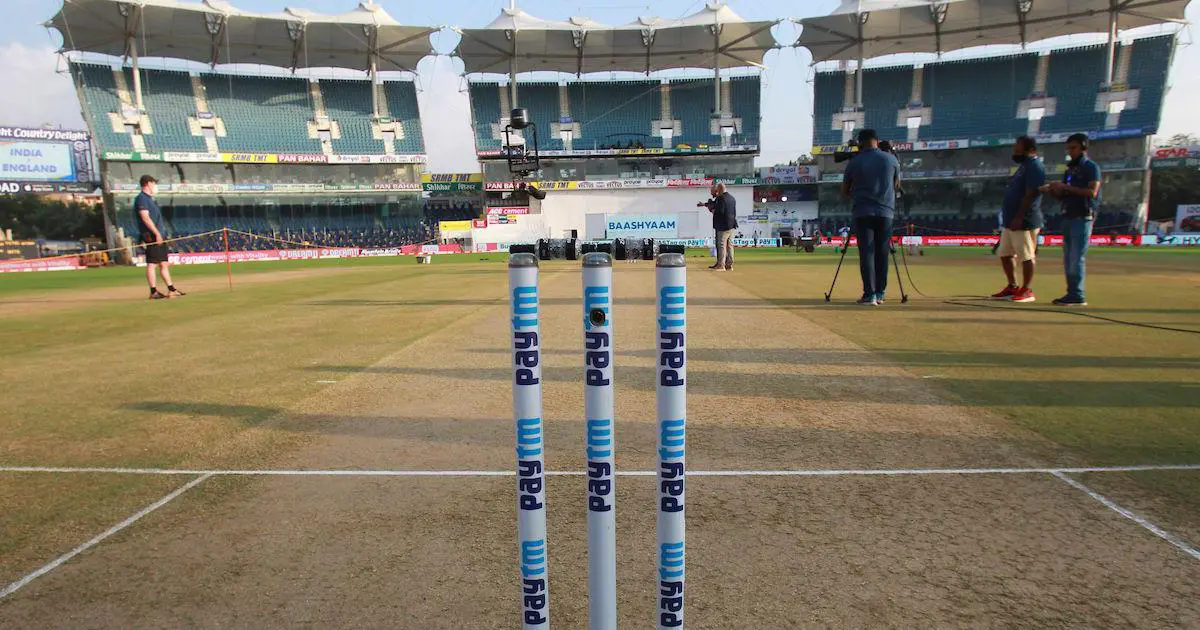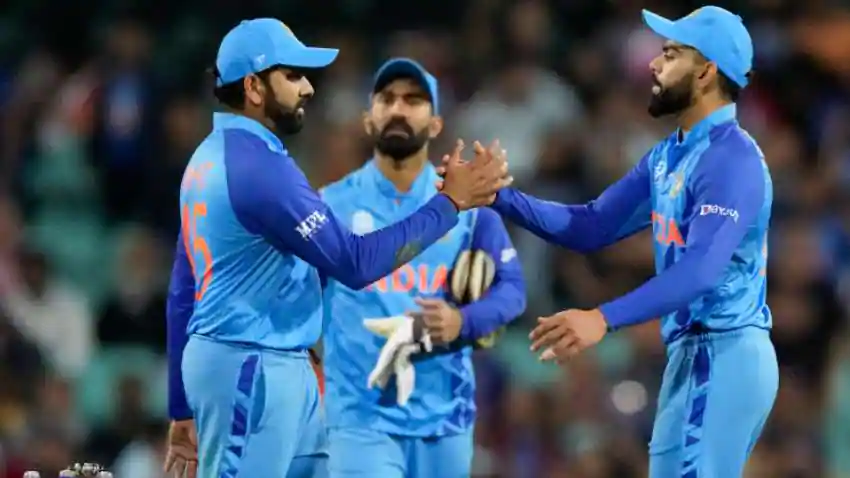Whenever, a side from one of England, Australia, New Zealand comes to India, the one talking point is about the pitches. There will be lot of editorials on their newspapers stating that a minefield is awaiting their teams during their visit. Every pitch in any Test series will be doctored to suit the Indian spinners or to stump the visitors because of their lack of ability against spin. However, none of them thinks about the poor technique displayed by the visitors against spin. Not the perfect one but a better technique would have ensured that they prevail. Having said that, the Indian cricket pitches will probably have to change.
Defeating India in India is one of the most toughest in the cricketing world. Defeating Australia and defeating South Africa are the other tough propositions. I have not included England or New Zealand because both the teams have lost rather a few games more than expected. Over the last 23 years, India have lost less than 10 Tests at home with only 2 series losses. That is an incredible record to boast about. The sheer dominance at home is something no other team could achieve.
Accusation against the team
Despite that, the talk invariably turns to the pitches. There were a lot of accusations on the Indian team that they will not be able to win so many games if the pitches weren’t so spin friendly. A few years ago, in 2015, against South Africa, both the teams, India and South Africa were unable to cross 300 once because the pitches turned square from ball one. The Nagpur pitch for the 3rd Test was rated poor. It left Kohli fuming.
“Well, there have been three scores of under 50 runs in South Africa but I haven’t seen any sort of articles on that. Teams have been bundled out under 100 for about six times in South Africa,” he said. “The situation in our country is highlighted a bit too much and that’s a fact. Because the only thing we talk about is the pitch and when we were in South Africa, the only thing we talked about was how badly we played. We are criticised for our techniques but when visitors don’t play well, it’s always the wicket.”
It is true what Kohli had said. There are lot of games in Australia and South Africa that have not exceeded 3 days. Especially, in South Africa, the pitches are overly favourable to the fast bowlers. Since South Africa can churn out them by the dozen, they have always prepared pitches that has incredible pace and bounce. They have always maximised the home advantage and particularly against the Asian nations.
WTC Points system is another reason
Likewise, India is also justified in preparing pitches that does not suit the opposing batsmen. Here I say the opponent’s batsmen is because even the Indians are not that good against spinners any longer. Just look at the number of games the Indians were tied down by spinners. Mainly, in white ball cricket that has prevented them from scoring huge runs or chase down one. The situation is not that better in Tests either. Nowadays, spinning pitches are prepared not because it is comfortable for India but because it is uncomfortable for the opponents.
One other factor that warrants results oriented pitches is the WTC points system. It awards 12 points for a win and only 4 for a draw. It places great importance in playing attacking aggressive brand of cricket. WTC points is a significant motivator. Teams need wins to be in contention to play the final. Where does the chances for winning most of the games lie? It is at home where you know the conditions and you know how the pitches will behave. Hence, the need to prepare pitches where you give your team the maximum chance to win.
“There is a huge premium on results,” Dravid said before the fourth Test. “You draw a game like Kanpur against New Zealand, where you take nine wickets in the second innings, you draw that game and that sets you back, in a home game.
“Every team is getting results at home or are putting in really good performances at home, so there is a premium on results. You get four points for a draw and you get 12 for a win, so there is a premium on that, there’s no question about it.”
It is time to return
The downside of all this is that the averages and the performances of the batsmen have dropped drastically and the spinners are having inflated strike rates and averages. One will only have to compare the statistics of both Ashwin and Jadeja with their away record. It will clearly establish the fact that these two spinners, ofcourse they are good, are not as great as they are made out to be.
Perhaps, the time has come to return to the more batting pitches that helped the Indian batsmen outscore their opponents. The spinners will have to really use their guile and intelligence to pick up wickets rather than just drop the ball and leave the rest to the pitches. There was a period, against England in 2017, where both the teams amassed runs and yet, India won handsomely 4-0. Ashwin & Jadeja still emerged as the highest wicket takers but they had to move out of their comfort zone. The Indian fast bowlers too had long bowling sessions. This was in stark contrast to how Bumrah asked to be left out of the squad in 2020 against England because he hardly had to bowl.
Wrapping up the Indian cricket pitches
The problem is not the turn but the dust that comes out of the pitch everytime there is an activity. Sri Lankan pitches have also turned but the soil does not come out. India have had similar pitches and it is time to return to that. 2 and 3 day games will kill the game. Let the batsmen be able to bat confidently. For inspiration, India will only have to think about the pitches against England in 2017.
Other related blogs can be read here, here, here, here, here, here, here, here and here



